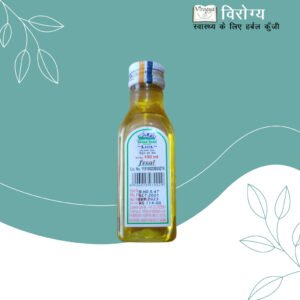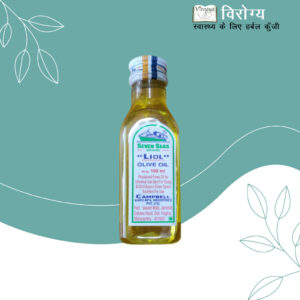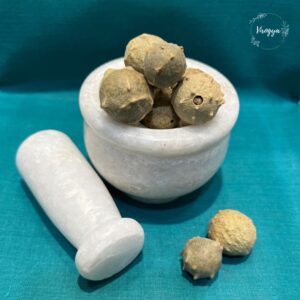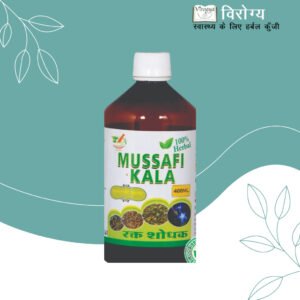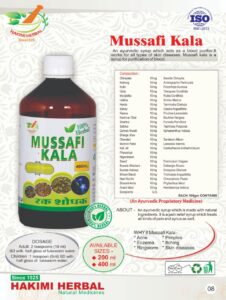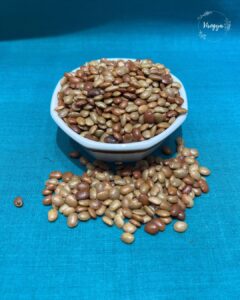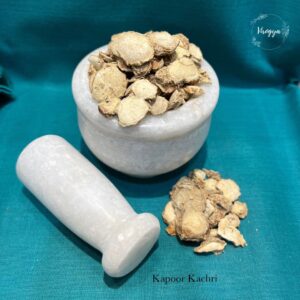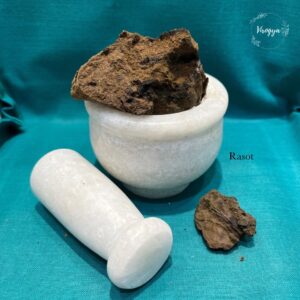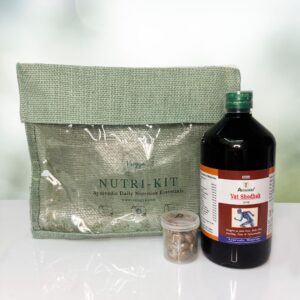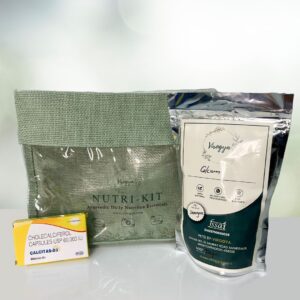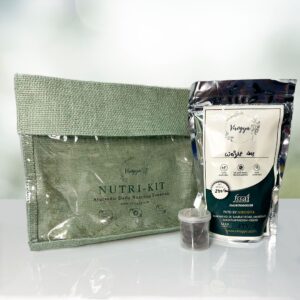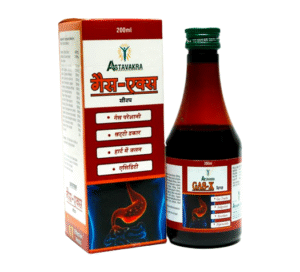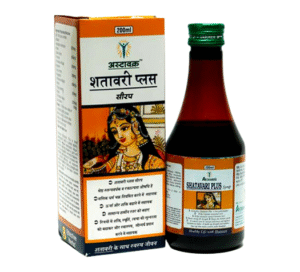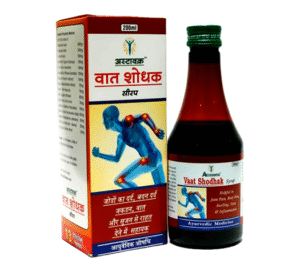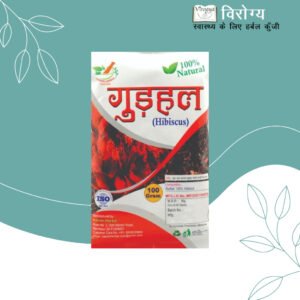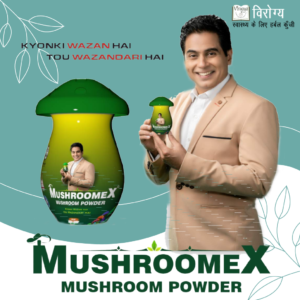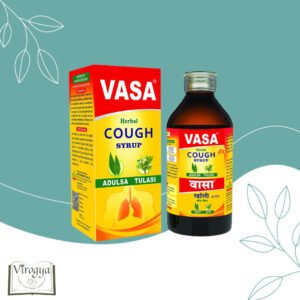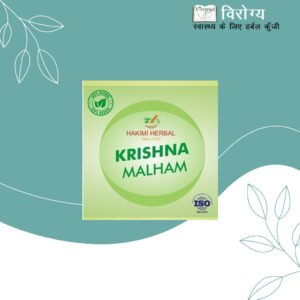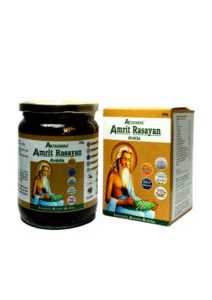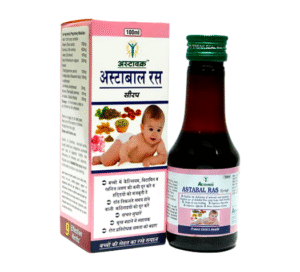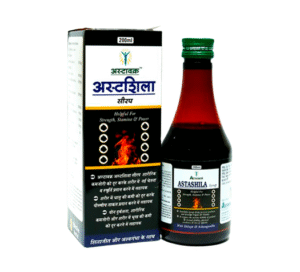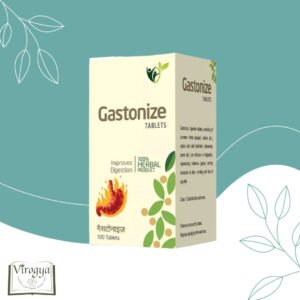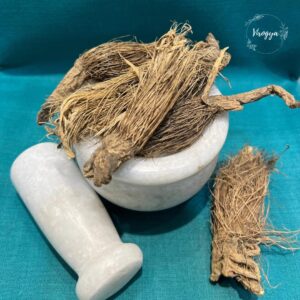Jatamashi
Uses
- Sedative and Relaxing Properties: Jatamansi is known for its calming effect on the nervous system. It is often used to relieve anxiety, insomnia, and stress.
- Cognitive Health: It is considered a memory enhancer and is sometimes used to improve brain function and treat conditions like Alzheimer’s disease or dementia.
- Digestive Aid: Jatamansi is used to relieve gastritis and improve digestion. It also has anti-inflammatory and antioxidant properties.
- Skin Care: The rhizomes have antiseptic and antimicrobial properties, making them useful in treating skin infections and promoting wound healing.
- The essential oil derived from Jatamansi is used in aromatherapy to alleviate stress and improve mood.
- It is used in various cosmetic products, especially for its soothing and rejuvenating effects on the skin.
- In Ayurveda, Jatamansi is considered a rasayana (rejuvenating herb) and is used to balance the body’s doshas (vata, pitta, and kapha).
- It is also believed to promote longevity, vitality, and overall wellness.
- Often used in herbal formulations to treat a variety of ailments such as nervous disorders, sleep disturbances, stress, and skin conditions.
- The herb has been used to alleviate joint pain, muscle spasms, and migraine headaches.
Jatamashi (जतमाशी), also known as Jatamansi (Nardostachys jatamansi), is a plant that is highly valued for its medicinal properties. It belongs to the Valerianaceae family and is primarily found in the Himalayan region of India, Nepal, Bhutan, and parts of China. The plant is known for its aromatic rhizomes and has been used in traditional medicine for centuries.
Botanical Description
- Scientific Name: Nardostachys jatamansi
- Common Names: Jatamansi, Spikenard, Nard
- Family: Valerianaceae
- Native Region: Himalayan regions of India, Nepal, Bhutan, and China
Physical Characteristics
- The plant grows as a small herb with delicate, fleshy, and aromatic rhizomes.
- It has long, narrow leaves and small purple flowers that grow in spike-like clusters.
- The rhizomes are the most significant part of the plant, and they have a strong, musky fragrance.
Conservation Status
Jatamansi is increasingly becoming endangered due to overharvesting in the wild for its medicinal and commercial value. Sustainable cultivation and conservation efforts are being promoted to protect the plant’s natural habitat.
| Weight | 100GM, 250GM, 500GM |
|---|



